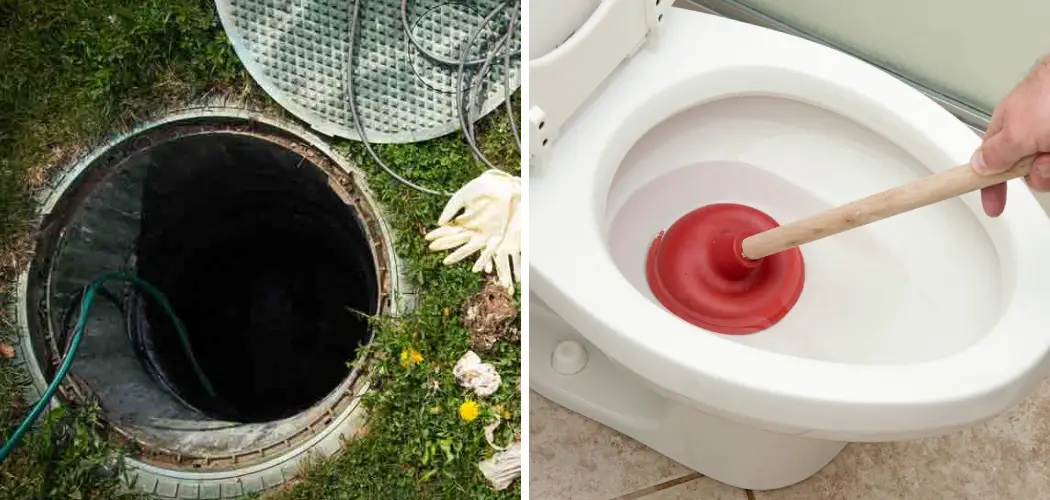If you’ve ever had the unfortunate experience of a clogged toilet, you know that it can be a real pain to deal with. But what if your toilet is clogged and you have a septic system? Don’t worry -Most people know how to unclog a toilet without any trouble.
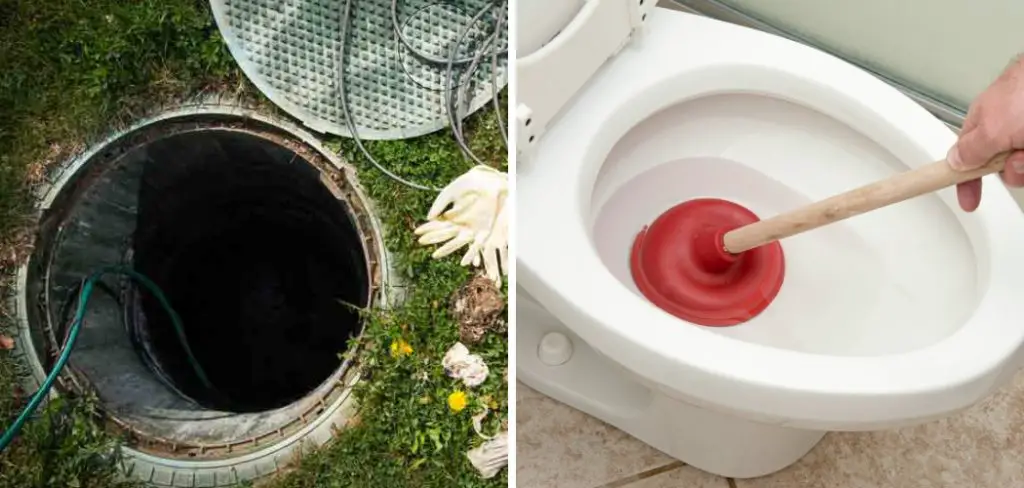
However, if you have a septic system, there are a few more things you need to know in order to avoid causing damage. In this blog post, we will outline the steps you need to take on how to unclog a toilet on a septic system. We’ll also provide some tips for preventing clogs from happening in the first place. Let’s get started!
Why Does the Toilet Get Clogged in the First Place?
Clogged toilets are usually caused by flushing too much toilet paper, excessive amounts of human waste, or items like diapers and wipes that don’t dissolve in water.
If your toilet is connected to a septic system, you should be even more careful about what can go down the drain. Septic systems rely on bacteria to break down sewage, and foreign items can disrupt this process. If too much solid material accumulates in the septic tank, it will eventually clog the drain field and overflow.
8 Methods How to Unclog a Toilet on a Septic System
1. Use a Plunger
The first and most obvious method for unclogging a toilet on a septic system is to use a plunger. Plungers work by creating suction that can break up the clog and allow it to be flushed away. Be sure to use a plunger that is specifically designed for toilets, as regular plungers will not be as effective. Although they may not be as effective on a septic system, you can also try using chemical drain cleaners to break up the clog.
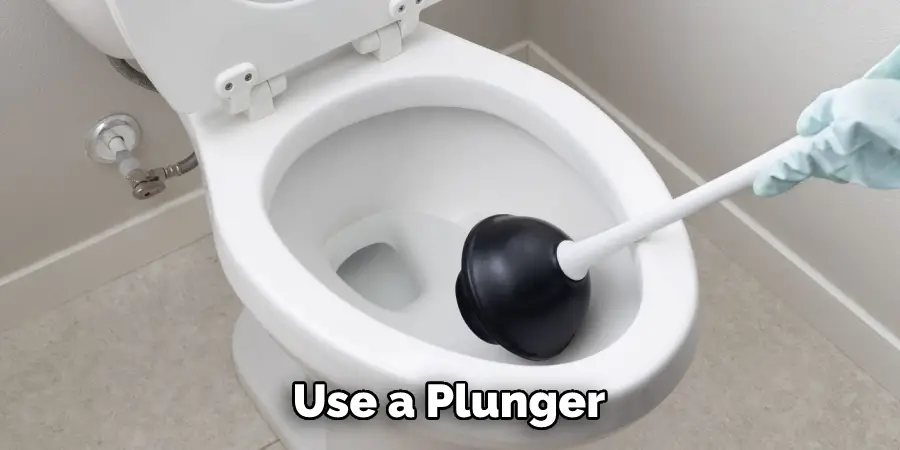
2. Use Boiling Water
Another simple method for unclogging a toilet on a septic system is to pour a pot of boiling water into the bowl. The hot water will help to break up the clog and make it easier to flush away. If the boiling water does not do the job, you may need to use a plunger or other more powerful methods. Be sure to use caution when pouring boiling water into the toilet to avoid burns and scalding.
3. Use Dish Soap
If boiling water does not seem to be doing the trick, you can try using dish soap. Pour a generous amount of dish soap into the toilet bowl and then add hot water. The dish soap will help to lubricate the clog, making it easier to break up and flush away. However, you should use caution when using this method as it could cause a backup if the clog is too large. Be sure to turn off the water supply if you are worried about the clog being too large.
4. Use White Vinegar
White vinegar is another household item that can be used to unclog a toilet on a septic system. Simply pour a cup of white vinegar into the toilet bowl and let it sit for 30 minutes before flushing. The vinegar will help to break up the clog and make it easier to flush away. While this method is generally safe, it may not be effective for tougher clogs. Make sure to use caution and try other methods if it does not seem to be working.
5. Use Baking Soda
Baking soda is another common household item that can be used to unclog a toilet on a septic system. Simply pour a cup of baking soda into the toilet bowl and then add hot water. The baking soda will help to break up the clog and make it easier to flush away. While this method may take longer than using a plunger, it’s an effective way to unclog a toilet on a septic system without having to call a professional.
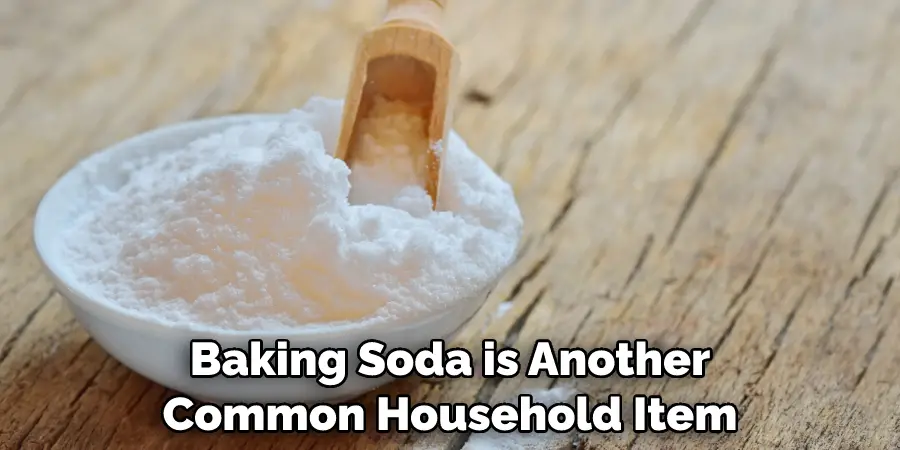
6. Use Muriatic Acid
Muriatic acid is a strong acid that should only be used as a last resort when trying to unclog a toilet in a septic system. Pour half a cup of muriatic acid into the toilet bowl and let it sit for 30 minutes before flushing.
The acid will help to break up the clog but can also damage your plumbing if used too often, so be sure to use this method sparingly. Try to avoid using any other chemical drain cleaners when dealing with clogs in a septic system. While these may work for regular, non-septic toilets, they will likely not be effective in a septic system and can damage the bacteria needed to keep the system functioning properly.
7. Use a Plunger
Using a plunger is often the most effective way to unclog a drain. To use one, first fill the sink, bathtub, or toilet with enough water to cover the cup of the plunger. Place the plunger over the clogged drain and pump it up and down a few times until you feel suction and start to hear gurgling sounds.
This indicates that air is being forced through the clog and should eventually clear it out. If this doesn’t work after several tries, move on to one of the other methods listed above. Once you’ve unclogged your drain, make sure to run hot water down it regularly as part of your regular maintenance routine. This will help prevent any future buildups in your pipes.
8. Call a Professional
If you have tried all of the above methods and still cannot seem to get your toilet unclogged, it may be time to call in a professional. A plumber will have the tools and experience necessary to quickly and easily unclog your toilet without causing any damage to your plumbing or septic system.
The cost of a professional plumber may be high, but it is worth it, in the long run, to ensure that your toilet is properly unclogged and functioning correctly. Additionally, hiring a professional can help you avoid any potential plumbing disasters down the line due to incorrectly unclogging your own plumbing system. Hiring a reliable and experienced professional will ensure that you get quality service for an affordable price.
You Can Check It Out to Get Yellow Stain Out of Toilet
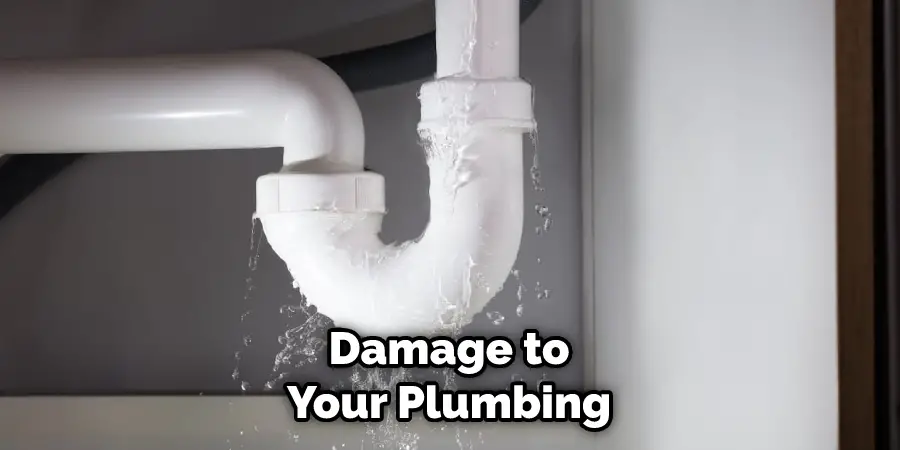
By following this guide, you should be able to unclog a toilet on a septic system without causing any damage. Be sure to use caution when using these methods, and remember that the safest option is usually to call in a professional. Doing so will help you avoid plumbing disasters and costly repairs down the line. Good luck with unclogging your toilet!
Things to Consider When Unclogging a Toilet on a Septic System
1. Avoid Using Chemical Uncloggers:
Chemical products that are used to unclog toilets can disrupt the balance of natural bacteria within the septic system that helps it break down waste, leading to an overflow or backup. Instead, use a plunger or an auger to clear any blockage.
2. Monitor Your Water Usage:
Make sure you’re not overworking your septic system by limiting showers and laundry loads during periods when the toilet is backed up. Excessive water running through the pipes can worsen clogs and cause backups.
3. Call a Professional if Needed:
If plunging or augering does not work for you, then it may be time to call a professional plumber. A plumber can find out the cause of the clog and address it with minimal disruption to your septic system.
4. Have Your Tank Pumped Regularly:
Having your septic tank pumped out every 2-3 years is a good preventive measure for keeping your system running well. This will help reduce the chance of a clog occurring and prevent backups from happening in the future.
5. Watch What Goes down:
Be mindful of what you’re flushing down the toilet, as foreign objects such as paper towels, sanitary products, Q-tips, or other items could lead to a clog or backup in the system. Make sure you’re only flushing toilet paper, human waste, and toilet-safe products down the drain.
6. Avoid Using Too Much Toilet Paper:
Using excessive amounts of toilet paper can cause a clog in the pipes and lead to a backup. Use only what’s necessary to get the job done, or consider switching to septic-safe toilet paper, which is designed to break down more quickly.
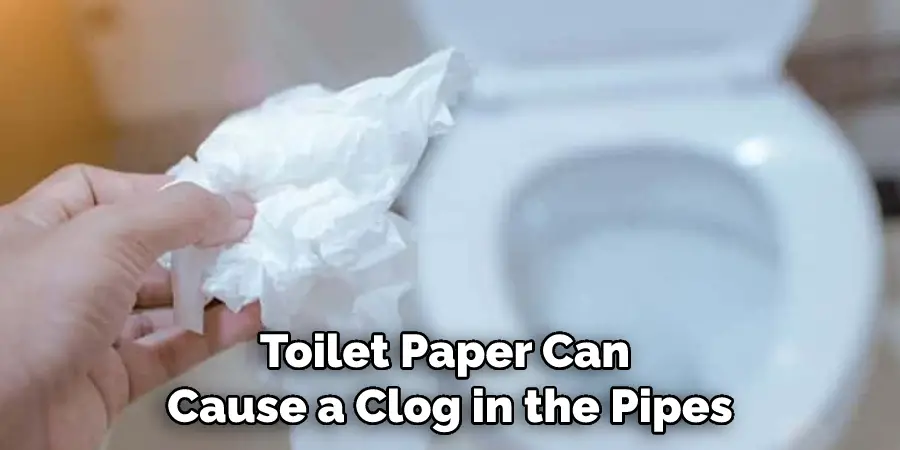
7. Have Your System Inspected:
If you’re experiencing repeated backups, it’s important to have your septic system inspected by a qualified technician. They can help identify any problems and make sure the system is working properly.
Conclusion
If you have a septic system and your toilet gets clogged, there are steps you can take to unclog it without damaging your system. These include using a plunger or a toilet auger to clear the blockage. You can also try flushing warm water into the bowl to break up the clog.
The above method is the safest and most effective way to unclog a toilet on a septic system. However, if you have any doubts or concerns, it is always best to contact a professional plumber.
Thanks for reading our blog post on how to unclog a toilet on a septic system! We hope you found it helpful and informative.

